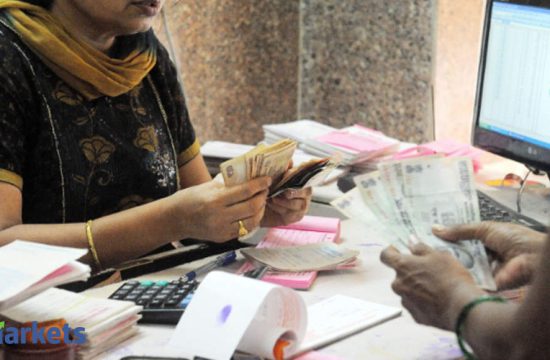
Analysts remain bullish about gold on Akshaya Tritiya day even though the nationwide lockdown due to Covid-19 has impacted sales of the precious metal. They suggest that gold can constitute 10% of the portfolio of the Indians.
Sugandha Sachdeva VP-Metals, Energy & Currency Research, Religare Broking Ltd said: “Talking about gold during the annual Akshaya Tritiya festival has all the more relevance as it continues to maintain its charm with impressive returns of more than 47 per cent since Akshaya Tritiya, 2019. Global economic turmoil due to the coronavirus crisis, heightened volatility in risk assets, strong ETF inflows, rupee depreciation towards record lows and massive monetary and fiscal stimulus measures by the global central banks, especially the US Federal Reserve, and governments will keep gold in demand from a long- term perspective. After all, it’s an asset which has stood the test of time as a wealth protector and an enduring store of value.”
He added that the precious metal has acted as a saviour to protect as well as optimize returns in a portfolio. “Though prices look slightly stretched in near term and may be susceptible to some profit booking as there is an immediate hurdle at $ 1,800-1,830 per ounce mark, but from a long-term perspective, if we draw an analogy to the financial crisis of 2008 and strong rally post that, the precious metal still has a long way to go. In the current scenario, prices have a strong floor emerging at $ 1,450 per ounce mark and Rs 39500 per 10-gm mark at domestic markets and look to chart their course towards Rs 52,000 per 10 gms mark from a medium to long-term perspective.
The captivating run in gold entices one to look for investing in gold in a staggered manner through various available avenues, be it gold futures at the exchange platform, sovereign gold bonds, gold ETFs or digital gold,” he said.
Prashant Joshi, Co-founder and Partner, Fintrust Advisors, said that gold has always been a perfect hedge against major events affecting capital markets, currencies, economies globally. Be it the financial crisis of 1970, 2000, 2008 and now the 2020 Covid-19 crisis, gold has demonstrated solidity. It helps to preserve the value during the crisis and this quality validates the stability of gold and its attractiveness over time.
With impending global recession, stimulus packages being generously doled out as well as uncertainties on oil and other asset classes looming, gold can be a part of portfolio fractionally, around 10%, he said.
Gold prices first move up and then can languish for a long period of time. One should bear in mind that gold does not produce interest or dividend and gold prices fluctuate on the basis of the demand and supply pressure globally. However, it acts as an effective hedge during the crisis, Joshi said.
Praveen Singh, AVP – Fundamental Research, Sharekhan by BNP Paribas, said that gold prices have risen quite sharply in the wake of Coronavirus contagion engulfing the world that has brought the global economy to a screeching halt. Global interest rates have fallen sharply as global central bankers have cut around 750 basis points of rates to combat the global economic slowdown. The major central bankers are forced to adapt accommodative monetary policies and support the crumbling economies with everything that they can which includes quantitative easing too. Talks of helicopter money are not really rare anymore.
” Although physical demand for gold remains weak in key consuming nations like India and China, we are seeing strong physical demand in the US, Canada, Australia, etc. The fact that NYMEX has gone for a provision of negative pricing mechanism for WTI oil, underscores the severe distress in the economy, huge volatility amid unpredictability, and overall extremely grim situation. Weaker currencies are likely to favour gold prices as buying gold would provide a hedge against weakness in the currencies. Coronavirus contagion doesn’t appear to be peaking anytime soon. Although huge volatility is expected, we remain positive on gold prices. We expect gold prices to rise to $ 2,000 in the medium term. Thus we suggest buying at dips,†he added.









